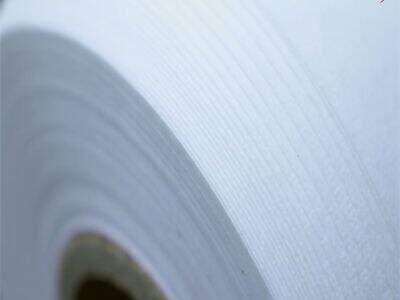Hydrophilic & Hydrophobic Membrane Filters When-it comes to membrane filters, there are two types we frequently use. Understanding how these filters work allows us to choose the right one for the different jobs.
Water loves hydrophilic membranes.
These allow water through, but keep other things out. Hydrophobic membranes, on the other hand, are not fond of water. They allow only certain things to be accepted.
The varying characteristics of hydrophilic and hydrophobic membranes play a crucial role in their filtration performance. Ptfe hydrophilic porous membrane work well for filtering water-based liquids as they provide ease of water passage and block any dirt. Hydrophobic membranes are helpful to filter oil and other things that are immiscible with water.
One can then make their decisions based on the good and bad side of hydrophilic and hydrophobic filters.
In many scenarios, hydrophilic membranes can function, however, it may not be suitable to filter oils. Hydrophobic membranes work well for oils, but may not work so well for other fluids.
Selecting either a hydrophilic or a hydrophobic membrane filter depends on what is being filtered, what is desired to be achieved, and the filtering application. For instance, if water pollution needs to be filtered out, then a hydrophilic PES membranewould be the most appropriate one. If we want to exclude oils, then a hydrophobic membrane is better.
We learn about the applications of hydrophilic and hydrophobic membrane filters by observing the where they are employed.
Hydrophilic membranes are typically used in the food and beverage industry, in medicine, and in cleaning dirty water. It offers hydrophobic membranes in the oil and gas industry, chemicals, and environmental inspection.
 EN
EN
 AR
AR
 BG
BG
 HR
HR
 CS
CS
 DA
DA
 NL
NL
 FI
FI
 FR
FR
 DE
DE
 EL
EL
 HI
HI
 IT
IT
 JA
JA
 KO
KO
 NO
NO
 PL
PL
 PT
PT
 RO
RO
 RU
RU
 ES
ES
 SV
SV
 TL
TL
 ID
ID
 LV
LV
 SR
SR
 SK
SK
 SL
SL
 UK
UK
 VI
VI
 SQ
SQ
 HU
HU
 TH
TH
 TR
TR
 AF
AF
 MS
MS
 GA
GA
 CY
CY
 BE
BE
 LA
LA

